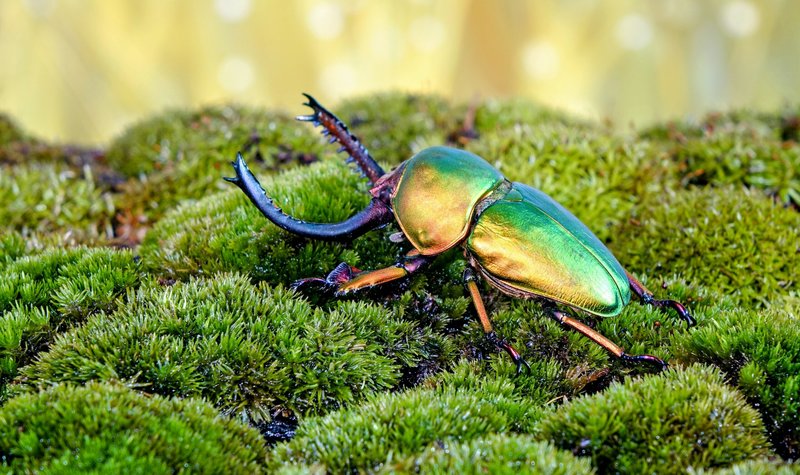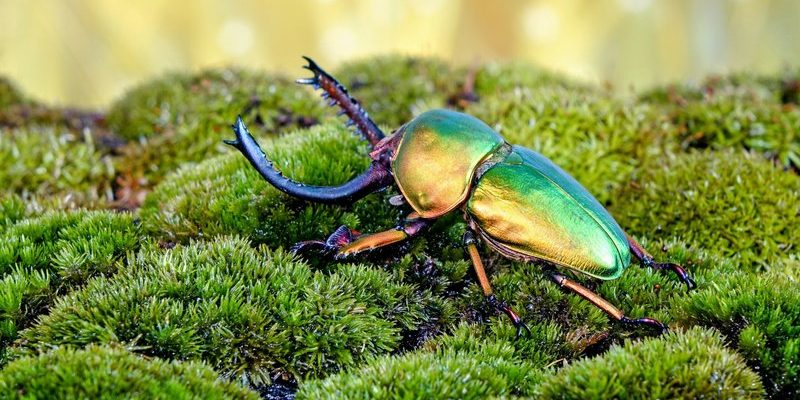
You might be wondering why scientists focus so much on beetles in their research. Well, here’s the thing: beetles make up nearly 400,000 known species, and they thrive in almost every habitat on Earth. This incredible variety allows scientists to explore questions about adaptation, biodiversity, and the role these insects play in ecosystems. In this article, we’ll dive into how scientists have studied beetles, what they’ve discovered, and why these findings matter for our world.
The Diversity of Beetles and Why It Matters
One of the most exciting aspects of beetles is their diversity. With around 400,000 species described, they account for nearly 40% of all insects! This phenomenal variety means that beetles adapt to a wide range of environments. From the lush rainforests to arid deserts, beetles find a way to thrive.
Scientists often study this diversity to understand how different species evolve and adapt to their environments. For example, researchers have looked at how some beetles have developed unique defense mechanisms, like camouflage or toxins to ward off predators. By understanding these adaptations, scientists can glean insights about evolution and how species change over time.
Moreover, the sheer number of beetle species allows researchers to examine ecological roles. Beetles serve as decomposers, predators, and even pollinators in various ecosystems. By studying them, scientists gain a clearer view of how ecosystems function and the interconnectedness of life.
Beetle Behavior: Social Structures and Interactions
Beetles are not just solitary creatures; many species showcase fascinating social behaviors. For instance, some beetles display cooperative behaviors, working together to gather food or protect their young. Scientists have explored these interactions to better understand the evolution of sociality in animals.
Take the termite-eating beetles, for instance. These beetles have evolved to live in colonies alongside termites. By studying their behaviors, scientists can learn how cooperation has developed in different species. They analyze how these beetles communicate, share resources, and maintain harmony within their colonies.
Moreover, researchers study beetle mating behaviors, which can be as complex as those of larger animals. Male beetles often exhibit elaborate courtship rituals to attract females. Understanding these behaviors can help researchers unravel mysteries about sexual selection—a key concept in evolutionary biology that explains how certain traits become more pronounced over generations.
Beetle Anatomy: Nature’s Engineering Marvels
When scientists study beetles, they often marvel at their unique anatomy. Many beetles possess hard outer shells called elytra, which protect their wings and bodies. This feature is a great example of nature’s engineering, blending form and function.
Researchers have taken a close look at how beetle anatomy can inspire technology. For example, the *Stag Beetle* has jaw structures that allow it to lift objects several times its own weight. Engineers and designers are studying these mechanical advantages for potential applications in robotics and material science.
Additionally, beetles have sophisticated sensory organs that allow them to navigate their environments effectively. For instance, some species can detect chemical signals over long distances, aiding in finding food or mating partners. Understanding how beetles utilize their senses helps researchers develop better technologies for detection and tracking.
Environmental Impact: The Role of Beetles in Ecosystems
Beetles play a crucial role in maintaining healthy ecosystems. They are often considered indicator species, meaning that their presence or absence can signal changes in environmental health. For example, if a particular beetle species begins to disappear, it might indicate problems in the ecosystem, like pollution or habitat loss.
Scientists study beetles to monitor biodiversity and ecosystem health. By collecting data on beetle populations, researchers can track changes over time and make informed decisions about conservation efforts. For example, beetles like the dung beetle are vital for nutrient cycling. They break down animal waste, helping to enrich the soil and support plant growth. So, when beetles thrive, ecosystems flourish!
This ecological research has real-world applications. For instance, farmers can use the presence of certain beetles as a natural indicator of soil health. By understanding which beetles thrive in healthy environments, they can adopt better practices for sustainable agriculture.
Beetles in the Spotlight: Case Studies of Scientific Research
Several case studies highlight the importance of beetle research. One notable example is the Emerald Ash Borer, an invasive beetle species that has wreaked havoc on North American ash trees. Scientists have conducted extensive studies to understand its lifecycle, spread, and impact on local ecosystems.
Through these studies, researchers have developed management strategies to control the spread of the Emerald Ash Borer. They’ve learned how to monitor beetle populations and identify infested trees, informing local governments and landowners. This research not only helps protect forests but also the wildlife that depends on these trees for habitat.
Another fascinating case study involves the bombardier beetle. Known for its unique defense mechanism, this beetle can spray a hot, noxious fluid at predators. Scientists have analyzed the biochemistry behind this amazing ability, helping to inspire advancements in materials for protective gear and pest control.
Future Directions: Ongoing Research and Innovations
The study of beetles is far from over. As environmental changes continue to impact ecosystems, scientists will keep exploring how beetles adapt. Ongoing research aims to understand the effects of climate change on beetle populations, their behavior, and habitat preferences.
Moreover, advancements in technology—like genetic sequencing—are opening new doors in beetle research. Scientists can now study the genetic makeup of various species to understand how they adapt to their environments. This research could pave the way for innovations in agriculture, conservation, and even medicine.
As we’ve seen, beetles offer a wealth of knowledge just waiting to be uncovered. The more we understand these small creatures, the better equipped we become to tackle larger environmental issues facing our planet.
When it comes to studying beetles, one thing is clear: these tiny creatures hold immense potential for understanding our world. From their ecological roles to their engineering marvels, beetles provide insights into everything from evolution to sustainable practices. Their diversity and adaptability are not just fascinating—they’re vital to the health of our ecosystems.
As scientists continue their research, we can expect new discoveries that may help us protect the natural world. So, the next time you spot a beetle, remember that it might be a tiny ambassador for an ecosystem we all depend on. Let’s keep the conversation going about the importance of these unique insects and their role in our shared future.

